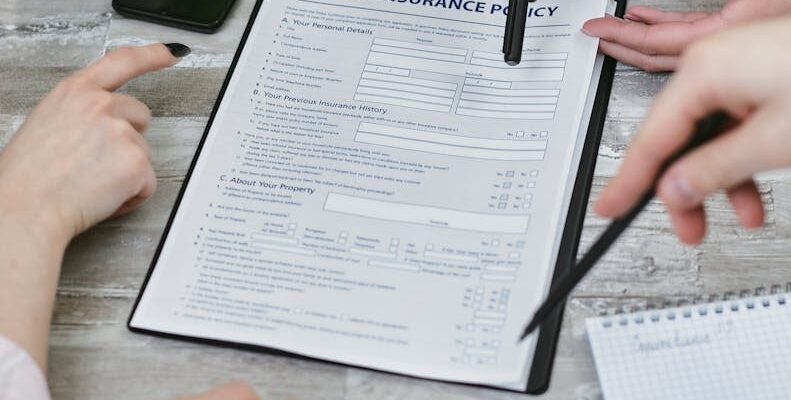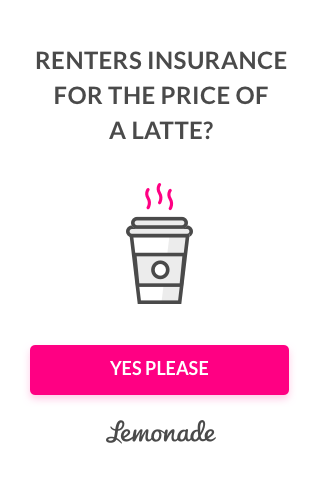Choosing the right insurance policy can be a daunting task. With a plethora of options and confusing jargon, it’s easy to feel overwhelmed. However, thorough evaluation before committing to a policy is crucial for securing adequate protection and avoiding costly mistakes. This guide will walk you through the essential steps to effectively evaluate an insurance policy and ensure it aligns with your specific needs and budget.
Understanding Your Needs
Assess Your Current Situation
Before diving into policy details, take a moment to honestly assess your current situation. Consider your assets, liabilities, and potential risks. Do you own a home? Are you a car owner? Do you have dependents or significant financial obligations? A clear understanding of your circumstances will help you determine the types and amounts of coverage you truly require. This self-assessment is the foundation upon which you’ll build your insurance strategy. Consider factors like your income, debts, and the value of your possessions, as these will directly impact the premiums and coverage you need.
Identify Potential Risks
Think about the possible risks you face. Are you frequently traveling? Do you own valuable collectibles? Do you live in an area prone to natural disasters? Identifying these potential risks proactively will help you select insurance policies that address those specific vulnerabilities. This proactive approach to risk assessment will ensure your insurance plan is tailored to your unique circumstances. Don’t underestimate the potential for unforeseen events; a comprehensive evaluation takes into account the unexpected.
Analyzing Policy Details
Coverage Limits and Exclusions
Carefully examine the coverage limits offered by each policy. Understand the specifics of what is and isn’t covered. Policies often have exclusions, which are items or situations that aren’t protected. Identifying these exclusions is crucial to avoiding unpleasant surprises later. For instance, if you have a valuable antique collection, ensure the policy covers it. Don’t assume that all policies offer the same level of coverage; compare the details closely and ask questions if anything is unclear.
Premium Costs and Deductibles
Premiums are the periodic payments you make for your insurance coverage. Compare the premiums across different policies. Also, be aware of the deductibles. A deductible is the amount you must pay out-of-pocket before your insurance coverage kicks in. High deductibles can save you money on premiums, but remember that you’ll have to cover a larger portion of the initial costs in case of a claim. A thorough comparison of premiums and deductibles is essential for making an informed decision. Consider your financial capacity to handle potential claims and balance premium costs with the level of protection.
Policy Terms and Conditions
Pay close attention to the policy’s terms and conditions. These documents outline the specifics of the agreement between you and the insurance company. Review the policy’s duration, renewal terms, and claim procedures. Familiarize yourself with the steps involved in filing a claim. Understanding these details will give you a clear picture of your responsibilities and rights under the policy. Thorough review of policy terms and conditions will protect you from surprises down the road.
Comparison Shopping
Don’t settle for the first policy you see. Compare different policies from various providers. Use online comparison tools or consult with a qualified insurance agent. A comparative analysis will help you identify the best value for your needs. By comparing different policies, you can identify the best fit in terms of coverage, cost, and service. This proactive comparison process will lead to a more suitable and cost-effective insurance solution.
Seek Professional Advice
Consulting with an insurance agent can significantly aid your evaluation process. They possess the expertise to guide you through the complexities of various policies and ensure you select the best option for your needs. An insurance professional can answer your questions about different types of coverage and help you find the most appropriate policy. This expert guidance can save you time and prevent you from making costly mistakes.
Conclusion
Evaluating an insurance policy before purchasing is a critical step in securing financial protection. By understanding your needs, analyzing policy details, comparing options, and seeking professional advice, you can make an informed decision that aligns with your budget and requirements. Remember, the right insurance policy is a crucial investment in your financial security. Taking the time to thoroughly evaluate your options will ultimately safeguard your assets and peace of mind.















Comments